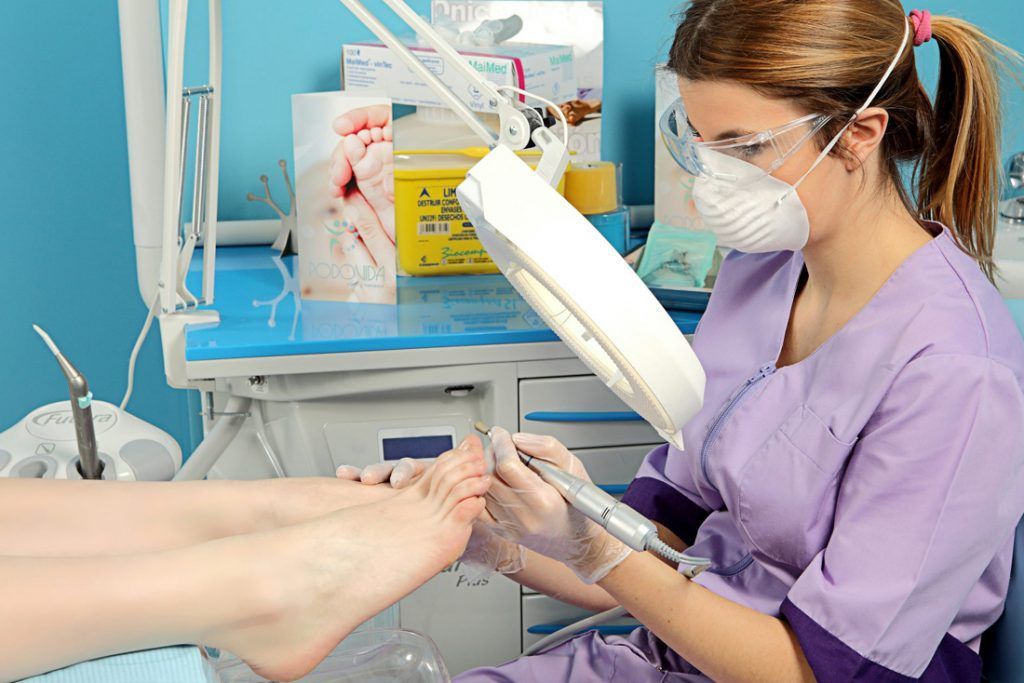Secrets for lighting your podiatry clinic
When planning the lighting in a podiatry clinic and putting light in your clinic we have to take into account some factors. It is very important to achieve the functionality of a good system without forgetting aesthetics. Taking into account the possible risks derived from it.
The lighting in the clinic depends on several conditions that interact in unison. It is essential to give them complete attention and careful care. This is how we fully optimize our work.
In a podiatry clinic, it is essential to prioritize its functionality over aesthetics since this must be taken into account. It has to be planned in advance and together with experts in the field. Not all areas of the practice require or need the same lighting characteristics, nor are all physical spaces the same, nor are all tasks or podiatric work identical.
What factors should we take into account when lighting our clinic?
There are a few factors to consider in the field of lighting:
- The light.
- The goals of visual ergonomics.
- Parameters that influence visual performance.
- The lighting criteria.
It is better to have good general lighting than a localized one, thus avoiding glare. The difference in light intensity, especially the constant coming and going in an area without uniform lighting, can cause eye fatigue and over time can reduce vision.
When planning the lighting, we must take into account the function or type of work in each specific area so that the work carried out is effective in this way. With the least possible visual effort and therefore increase performance without spending more energy. In this way, we increase the quality and quantity of work, reducing fatigue at the end of the day.
An ideal visual environment
The lighting characteristics of the visual environment affect both physiological (visual performance) and psychological (comfort) functions and can contribute to performance, safety and visual comfort in the work environment.
Adequate lighting is essential to achieve comfort in our work, although sometimes this aspect is often underestimated due to the great capacity our body has to adapt vision to different lighting conditions. With a full illumination of the working area of between 15,000 and 50,000 lux, a constant focus of the eye and the iris from repeatedly contracting and expanding is avoided. This overload of the visual apparatus is detrimental to the health of the eyes and can impair good health at work. Ideally, create a light transition zone between the work area and the instrumentation area, balancing the lighting in the podiatry cabinet areas and reducing eyestrain.
